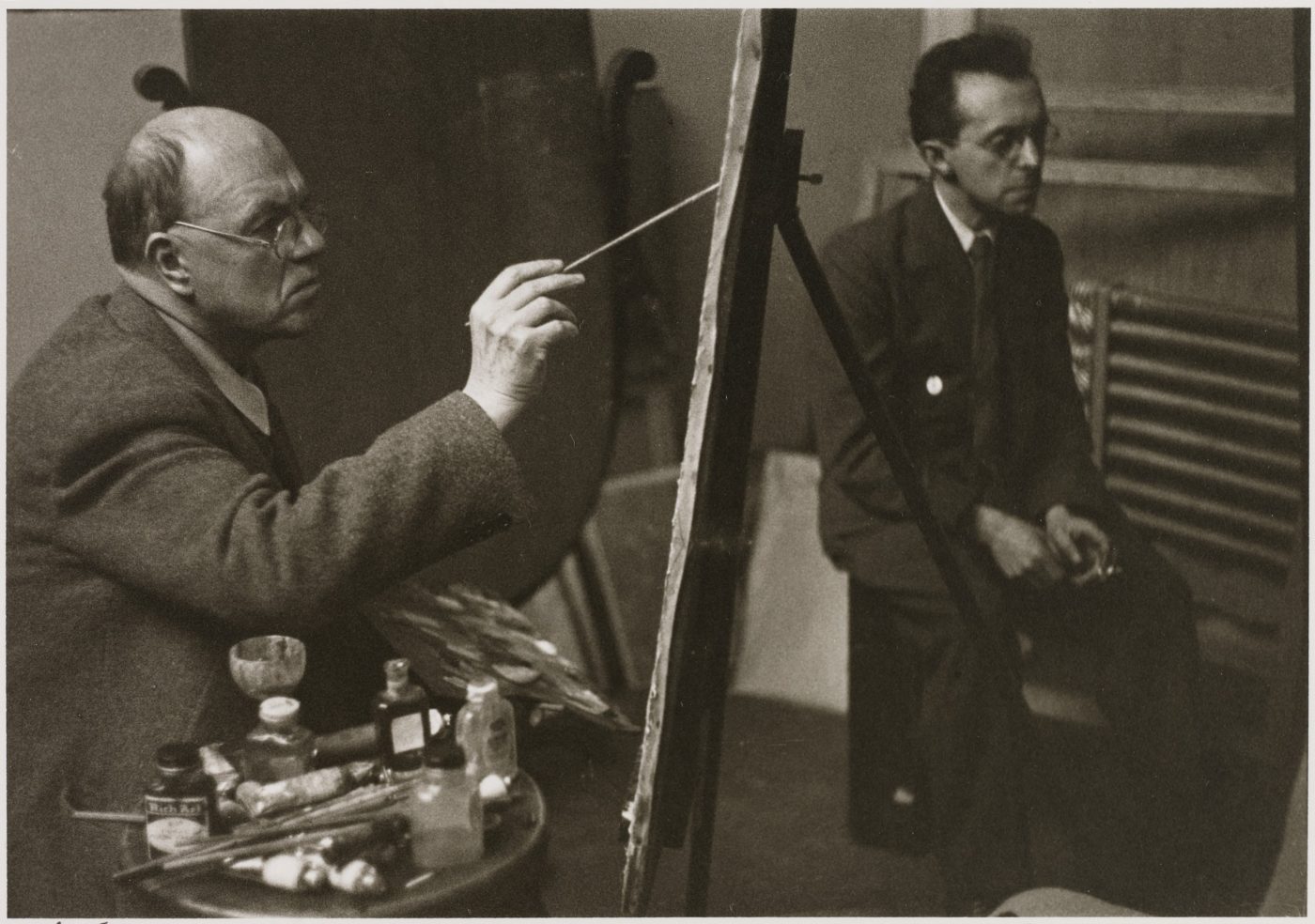#SouthOfUnionSquare, the Birthplace of American Modernism: Reginald Marsh
“South of Union Square, the Birthplace of American Modernism” is a series that explores how the area south of Union Square shaped some of the most influential American artists of the 20th century.

In the 20th century, the area south of Union Square attracted painters, writers, publishers, and radical social organizations, many of whom were challenging accepted American social and cultural ideals. Reginald Marsh (March 14, 1898 – July 3, 1954), who lived at 11 East 12th Street in the area in the 1930s, was one of the key figures of the Fourteenth Street School, an influential group of artists in the 1920s and 30s who lived and worked in this area. The Fourteenth Street School came to redefine realist painting, focusing on the immediate surroundings of their namesake street, a center of shopping and entertainment for average and working-class New Yorkers. Building on the work of the Ashcan School painters (Marsh was taught by John Sloan at the Art Students League), they combined an interest in modern urban subjects with a knowledge of Renaissance art techniques. In addition to Marsh, the group included Kenneth Hayes Miller, Isabel Bishop, Arnold Blanch, and twin brothers Raphael and Moses Soyer.

New York / Artists Rights Society (ARS), New York.

© 2021 Estate of Reginald Marsh / Art Students League,
New York / Artists Rights Society (ARS), New York.


Marsh was born in Paris to expatriate artist parents who returned to the United States around 1900. In 1916, he entered Yale University, where he majored in art and drew illustrations for the Yale Record. Following graduation, he arrived in New York and soon established himself as a successful freelance illustrator, working for popular publications including the New York Daily News, the New Yorker, Vanity Fair, and Esquire. In 1921, Marsh began attending classes at the Art Students League, where he studied with other members of what would become the Fourteenth Street School.

12, 1934), etching: sheet. Whitney Museum of American Art, New York. © 2021 Estate of Reginald Marsh / Art Students League,
New York / Artists Rights Society (ARS), New York.
After visiting Europe early in 1926, Marsh’s interest in the Old Masters increased, as did his commitment to be a painter rather than an illustrator. In 1928, he began working at a studio at 21 East 14th Street (since demolished), where many of his fellow painters also worked. A careful though detached observer, Marsh excelled at representing crowds of New Yorkers, showing lively scenes of both the unemployed and the working class going about their daily activities. Burlesque shows, movie houses, elevated trains, Depression homeless encampments, and places of work all figured prominently in Marsh’s paintings, often of scenes not far from his perch just off Union Square. It was during the 1930s, when Marsh was on East 12th Street, that he gained his greatest prominence and his most celebrated works were produced. Marsh, who made linocuts, lithographs, drawings, engravings, and etchings, printed many of these works when he lived across the street at 4 East 12th Street (also South of Union Square), a largely-intact 1845 Greek Revival rowhouse.




In his later years, Marsh would teach at the Art Students League, where a young Roy Lichtenstein, who would cite him as one of his most prominent influences, was one of his students. Marsh’s murals grace the rotunda of the landmarked U.S. Customs House at 1 Bowling Green, and his work can be found in the collections of the Whitney Museum of American Art, the Smithsonian American Art Museum, the Art Institute of Chicago, and the Brooklyn Museum.

Village Preservation has recently received a series of extraordinary letters from individuals across the world, expressing support for our campaign to landmark a historic district south of Union Square. To help landmark 11 East 12th Street and 4 East 12th Street along with other buildings in this area, click here. To read more history of the buildings and area south of Union Square, and our preservation efforts in the area, click here.
